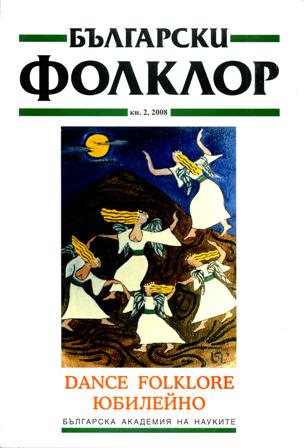Къде продължава животът
Where Life Goes On
Author(s): Ruzha NejkovaSubject(s): Customs / Folklore
Published by: Институт за етнология и фолклористика с Етнографски музей при БАН
Summary/Abstract: The article elaborates some of the folk concepts about "life" of man after physical death and their parallels with the Chuvash people, Balkartsi and Bulgarians on the Balkans. This is a part of a research work on the ancient Bulgarian religious beliefs (along the traces from the Bulgarian state formations in North Caucasus and the Volga River), which cannot be unlocked without attending to folklore material. The present text is based on material both published by observers and collected by me, mainly among the Chuvash people, whom science accepts to be a substratum population from Volga Bulgaria, having preserved to a maximum degree their kinship with the language and the traditional culture of Bulgarians. It is known that within the intensively active zones of ethno-cultural contact (such as the Volga River, the Balkans, North Caucasus etc.) multiple components within the sphere of the folk tradition are manifested in similar contents and in similar ways. Today many of them "show" new context and conceptual level. The common worldview, on which many customs and rituals are founded, including the rites of transition and their symbolism, is a result of a century-old, synchronistic process of formation and functioning of the so called Indo-European ethno-cultural model. Many of its components are not a matter of specific origin and national belonging, but a specific way of manifestation of ritual behavior and concepts as a synthesis of cultures. The mainstay for their understanding is the conservative and ancient character of many inherited folk evidence as well as the social and political destiny of the population. The connection between burial and memorial rituals of the Chuvash people and the Bulgarians is found in concepts, actions and ritual practices, in material and space parameters and their semantics, in the typical anthropomorphic view of the permanent memorials and the recurrent forms of temporary memorials etc. The manifestation of those parallels at different levels in rituals and faith points to unity of ritual thinking and system and to the religious type, which keeps them in the memory of generations (under the form of continuity of ideas, ritual behaviors etc.)
Journal: Български фолклор
- Issue Year: XXXIV/2008
- Issue No: 2
- Page Range: 60-84
- Page Count: 25
- Language: Bulgarian
- Content File-PDF

